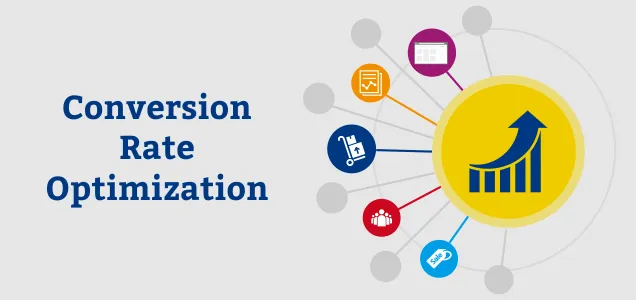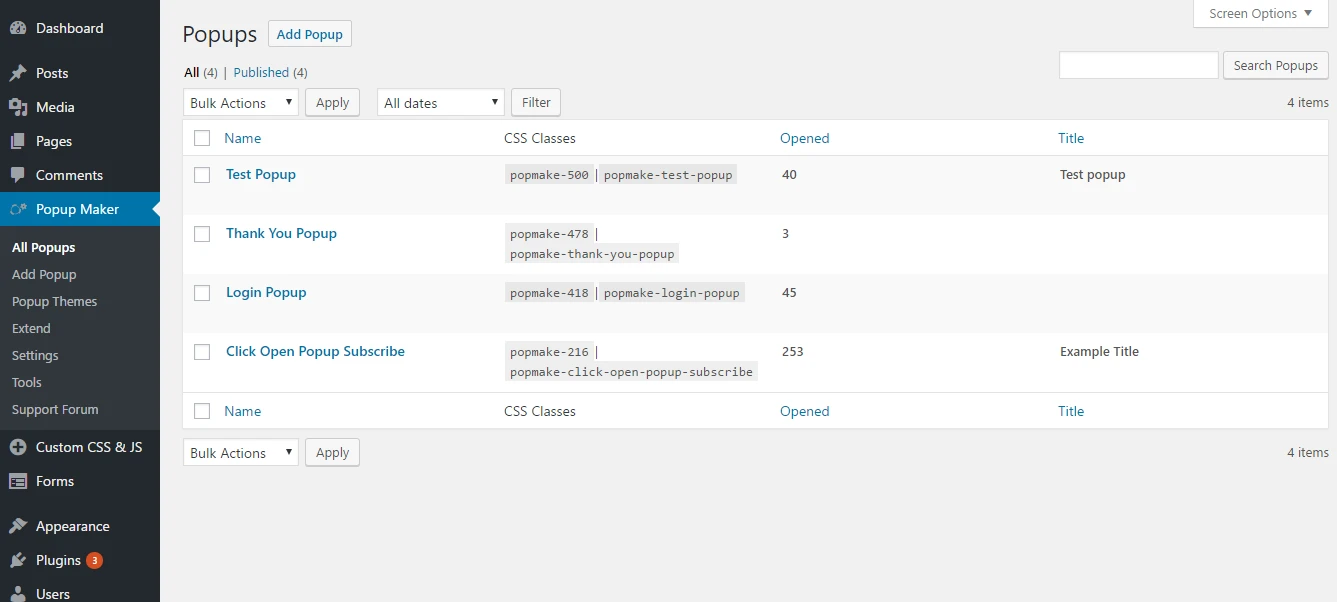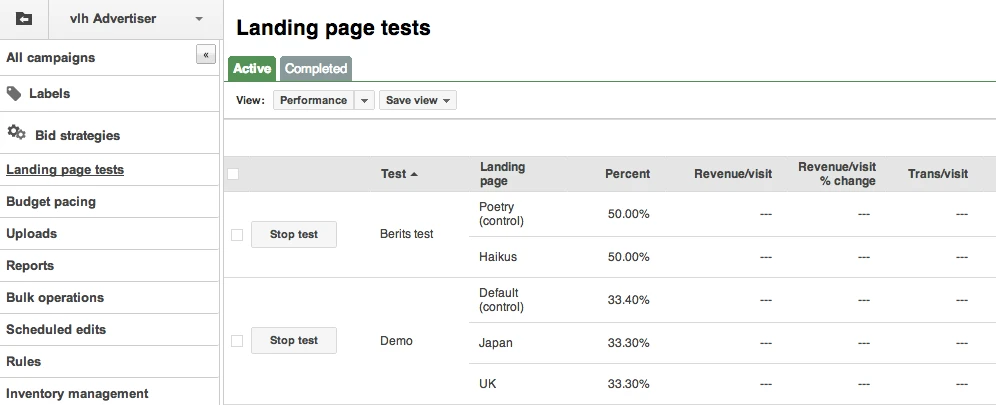Beginner’s Guide to Maximize Landing Page Traffic and Conversion Optimization

Most of the marketing strategies of modern times are aiming at driving more traffic to the landing pages and websites, which can be then converted to prospective leads for the sales teams to close. Once this approach starts to reap results, marketers then put in their effort to increase traffic, which in turn will generate more results.
All types of businesses are now looking for more innovative methods to optimize their social media campaigns and websites/landing pages for higher conversion rates. While many of the marketers try out trial and error method to eventually derive the best approach, the thumb rule is that any digital marketing strategy needs to be centered on the concept of conversion rate optimization (CRO). So, in this blog post, we will discuss in depth about CRO.
In this blog post, we’ll try to discuss in-depth about CRO, its objectives, need, and how to execute it successfully?
What is CRO?

On talking to many of the newbie digital marketers, it is identified that most out there have very little knowledge about the concept of conversion optimization in its real sense. Many of the website strategies are now focused on converting their visitors into customers by prompting them to take actions. Conversions may occur anywhere on the website; i.e., from the homepage, blog, cart, pricing page, or the landing pages.
So, all these website extensions needed to be optimized for better conversions. Optimizing all these for maximum conversions is the process of conversion rate optimization or CRO. CRO is a vast, but often untapped opportunity in business promotions and you will be surprised to see the actual results on succeeding to fine-tune it on the website for conversions.
Is CRO right for your business?
Once if you succeed in attracting more visitors consistently to your web pages through various resources, you can start to think of successful CRO. Google’s Global Market Finder and other such tools can get you a better insight into the search volume with which you can have a better understanding of the customer demands. Once if you properly determine the actual threshold of the market, next, you should try and tap the most out of this website traffic.

To understand the right potential CRO for your business, there are the three formulas to be used:
- Revenue goal / Average price of sales = No of new customers
- No of new customers / Lead-to-customer closing = Lead goal
- Total leads / Website traffic x 100 = Percentage conversion
Say for example, if your website achieves 1000 visitors which further develops 100 leads and ten sales, then the lead-to-customer closing rate (conversion) is 10%. So, you can plan and generate 20 customers by trying and getting 2000 visitors to your website or adopting strategies to double up the visitor to lead ratio. There is also a chance that you can focus on strategies to change the conversion rate from 1% to 2%.
However, the critical point is that even if you try and generate more traffic to your website, there is no scope of naturally increasing the conversions. You may have to visualize it like a leaking bucket. Proper conversion rate optimization needed to be ensured to make the most out of what you want to achieve. If you are ready to take your CRO to the next level, here there are some strategies to practice.
Practical CRO strategies for beginners
-
Including a text-based call to action in blog content
Even though it is ideal to include call-to-action (CTA) in the blog posts, it most of the times fails to entice people to take the most desired action in your favor. There is something called banner blindness which the users get accustomed over time. They tend to ignore all the banner-like info on the screen.
This is where the text-based CTA become important. Research done with text-based CTAs showed there are 6% more conversions through it when compared to a standard call to action button. Text-based CTA is a standalone line of actual text in the article which is linked to a landing page. It is styled as H3 or H4 to see if it generates more traffic to leads than conventional CTAs at the bottom of the page.

-
Creating more user-friendly pop-up forms to get leads
Intelligently incorporated pop-up forms have the power of converting visitors to subscribers. This is the tested strategy used by successful marketers. You can see many of the leading websites like Snapdeal using it to crop leads.

You can get credible email subscribers and followers through catchy and user-friendly pop-ups. Some websites effectively generate a pop-up CTA or lead harvesting form on the users scrolling down to a specific amount of the web page. However, an instant pop-up immediately on landing to your web page may not be a good idea.
-
Run the tests on your landing pages
Landing pages play a vital role for modern marketers. A landing page is identified as the best place of a website where a visitor becomes a valuable lead or existing leads get more engaged with the prospects for conversion. As these pages play a vital role on the website, one should try A/B tests to ensure the best results out of these.

So, what should be tested with A/B test? As the high-performing landing pages will make a significant impact on online business, you can test different aspects like the website copy, images, content, designs, page questions, etc. You can also make use of an A/B testing tools and calculator to ensure the effectiveness of landing pages.
-
Incorporating lead flows onto the blog
Another key test to consider is to include the lead flows on to your blog. These should be some high-converting lead forms which are designed to grab more attention by offering add-on value. You can try out different pop-up options like a pop-up or slide-in box, drop down the banner, or scrolling box, etc. based on what you offer.
Experimenting with this approach had shown about 27% extra submissions and a higher click-through rate than regular page-end CTA. The CRO experts at BigDropInc suggest that value addition like a special offer or season discount will surely prompt the users to engage more.
-
Deriving customer needs and put forth personalized offers
Most of the website visitors reach web pages looking for some specific needs nowadays. They want to spend the least amount of time searching for something and get it done with minimal effort. This insight is essentials when you are devising a personalized user experience. Here is a case study:
The CTA button on Guest crew website:
- It first denotes the visitor needs and then presents it as a CTA which may naturally provoke them to initiate a social campaign.
- The users who have the goal of starting a social campaign naturally tend to click on the CTA as it matches with the user intention.
The social marketing campaigns initiated this way can surely gain considerable traction.

-
Convert leads to MQLs (marketing-qualified leads)
A few times, the visitors to your landing page may want to get directly into business and want to get more details directly from you. In this case, there is no further need to get the leads nurtured through further marketing offers. You can convert them directly to take action with a thoughtfully designed CTA. So, how to validate leads for MQL?
A study had shown that visitors who used to sign up for product demos have a higher conversion rate. So, you can optimize it by fixing an appointment with a sales rep. The key aspect of this approach is to implement ways to avoid any friction through the sales process. If you make things as easier as possible for the people and make it more personalized once the call takes places, you can appropriately tailor the conversion and get the sales done.
-
Build easy workflows to equip the sales team
There is a scope of creating a series of automated workflows to make things easier for the sales guys. Say, for example, if you can automate the process of sending e-mails on behalf of the reps against certain user actions, it will simplify the process and also avoid a chance of missing it out.
It is also advisable if a sales rep get an email notification or a text alert when a lead is generated with a high intent for instant action. It is also essential to closely follow-up those who abandon your shopping cart or back out after imitating a favorable action. All these are possible through proper automation of the marketing follow-ups.
Some other random input for the digital marketers to try out in boosting up the conversion rate optimization include, but not limited to:
- Adding a customized message to the high converting pages.
- Making the connections more human using emojis and smileys
- Continuous optimization of most popular blog posts
- Leverage the scope of re-engaging and retargeting the website visitors.
In fact, there are a lot more “best practices” regarding CRO management, but above all, you need to fully understand the customer responses and analyze it deeply to understand what drives in the actual results. For this, you should make CRO your key deliverable area.
So you want to improve your conversion rate?
You’ve got an enticing institution and course portfolio, stunning creative, engaging messaging and you’re running some awesome, targeted campaigns across search, display, social media, and email. Your prospective students are clicking through, but what happens once they do? What can you do to make sure you engage them, and ultimately convert and enroll them?
Once they’ve made that all-important click, you’ve got to reassure them that they’ve made the right click; entice them to stay on the page and persuade them to take the desired action, whether that be downloading a prospectus or filling in an application form. Acing your landing page strategy is absolutely essential to converting more students, and this guide will cover everything you need to know to build an attractive, engaging and highly converting landing page.
WHEN SHOULD USE A LANDING PAGE?
You should be using a landing page for every campaign you run. Whether you aim to raise awareness, generate leads, or run a competition – a dedicated landing page will help your prospect know what action you want them to take. But it’s not that simple. It’s unlikely that you’ll just need one landing page per campaign; you’ll probably need multiple variations tailored to different audience segments and traffic sources. One landing page does not suit all.
First, let’s think about a traffic source. A prospect who has clicked through from a PPC Banner Ad is going to have far less information about your offering than a prospect that has clicked through from an email and therefore might need to see more copy on the landing page and a softer CTA. The email recipient, on the other hand, will have already read a paragraph or two, so instead might want to be shown a video, with a stronger CTA.
Also, think about the audience segments you’re targeting with your ads. For example, if you’re targeting students from different countries, you’ll want the landing page they visit to echo the ad they were served and address their specific needs. You’re still fulfilling your main objective, but tailoring the content and the CTA to suit your audience segment.
Landing pages can be short or long, simple or detailed, plain or pretty – all depending on your university brand, your target audience, and the desired goal. But they will all have one thing in common – a clear focus.
Author Bio –
Barrack Diego is a freelance content writer. He has written many good and informative articles on different categories such as Business, SEO and Web Design. He is very responsible for his job. He loves to share his knowledge and experience with his friends and colleagues. To know more about web design you can visit best SaaS companies.


